Cougar
Taxonomy and Evolution
The cougar (Puma concolor) is a large felid species native to the Americas. It is also commonly known as the mountain lion, puma, panther, or catamount. The cougar is a member of the family Felidae, which includes other large cats such as the lion (Panthera leo), tiger (Panthera tigris), and leopard (Panthera pardus)[1].
The cougar's closest relatives are the jaguarundi (Herpailurus yagouaroundi) and the cheetah (Acinonyx jubatus). These three species share a common ancestor that lived approximately 6.7 million years ago[2].
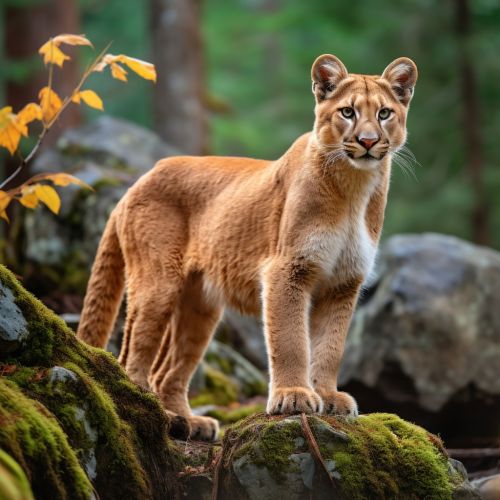
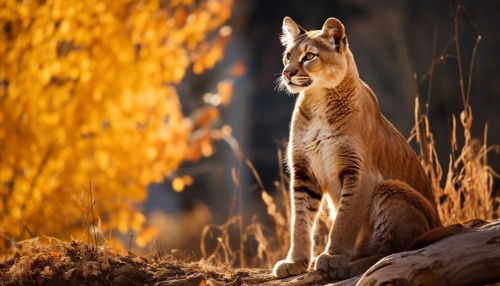
Description
Cougars are large, slender cats with powerful limbs. They have a tawny coat and a long, rounded tail with a black tip. The head is round and the ears are erect. Adult males typically weigh between 53 and 100 kilograms, while females usually weigh between 34 and 64 kilograms[3].
Cougars have a lifespan of 8 to 13 years in the wild, although individuals have been known to live up to 20 years in captivity[4].
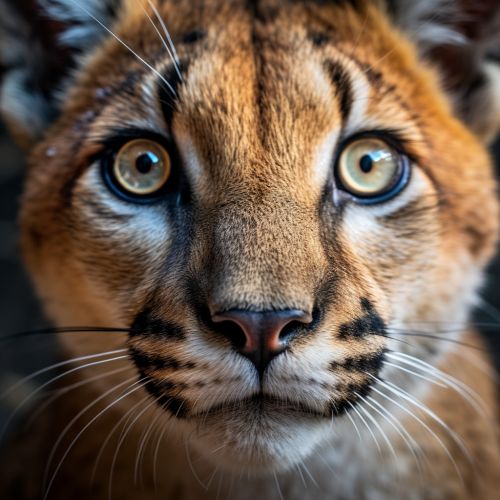
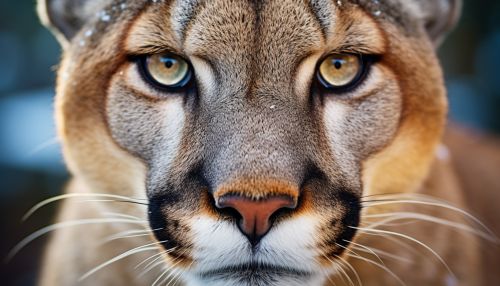
Distribution and Habitat
Cougars have the largest range of any wild terrestrial mammal in the Western Hemisphere, extending from the Canadian Yukon to the southern Andes in South America[5]. They are adaptable and can be found in a variety of habitats, including forests, mountainous deserts, and lowland swamps.
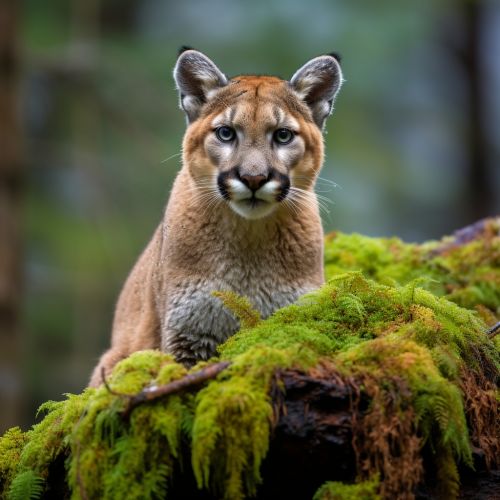

Behavior and Ecology
Cougars are solitary and territorial animals. They are also crepuscular, being most active during dawn and dusk. Cougars are ambush predators, preferring to stalk their prey and then attack with a powerful leap[6].
Their diet primarily consists of ungulates, particularly deer. They are also known to eat smaller mammals, birds, and reptiles[7].
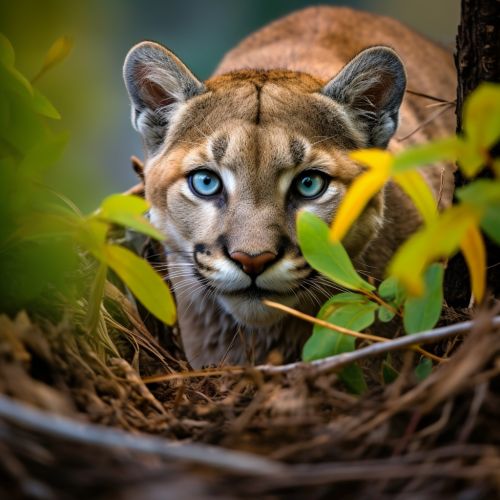
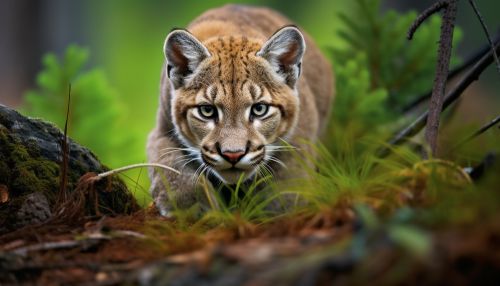
Conservation Status
The cougar is currently listed as Least Concern by the International Union for Conservation of Nature (IUCN). However, it faces several threats, including habitat loss and fragmentation, and conflict with humans[8].
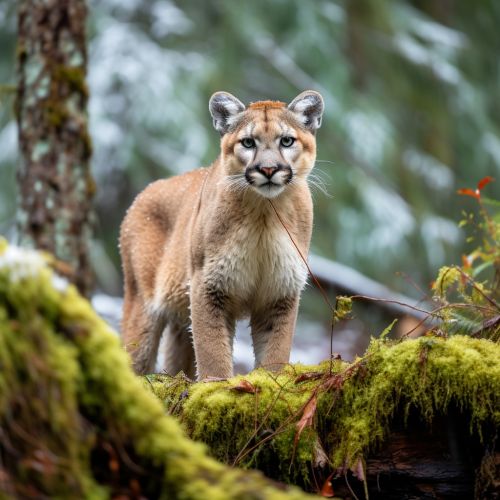
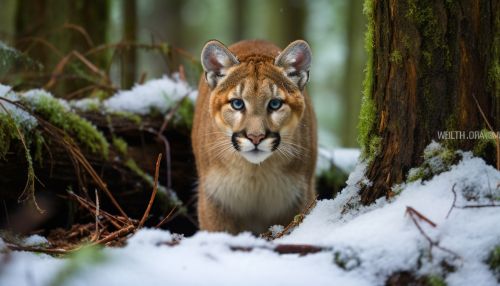
See Also
References
- ↑ Johnson, W.E., et al. (2006). The Late Miocene radiation of modern Felidae: A genetic assessment. Science, 311(5757), 73-77.
- ↑ Johnson, W.E., et al. (2006). The Late Miocene radiation of modern Felidae: A genetic assessment. Science, 311(5757), 73-77.
- ↑ Currier, M.J.P. (1983). Felis concolor. Mammalian Species, 200, 1-7.
- ↑ Logan, K.A., & Sweanor, L.L. (2001). Desert Puma: Evolutionary Ecology and Conservation of an Enduring Carnivore. Island Press.
- ↑ Logan, K.A., & Sweanor, L.L. (2001). Desert Puma: Evolutionary Ecology and Conservation of an Enduring Carnivore. Island Press.
- ↑ Logan, K.A., & Sweanor, L.L. (2001). Desert Puma: Evolutionary Ecology and Conservation of an Enduring Carnivore. Island Press.
- ↑ Logan, K.A., & Sweanor, L.L. (2001). Desert Puma: Evolutionary Ecology and Conservation of an Enduring Carnivore. Island Press.
- ↑ IUCN Red List of Threatened Species: Puma concolor. (2020). IUCN Red List of Threatened Species.
